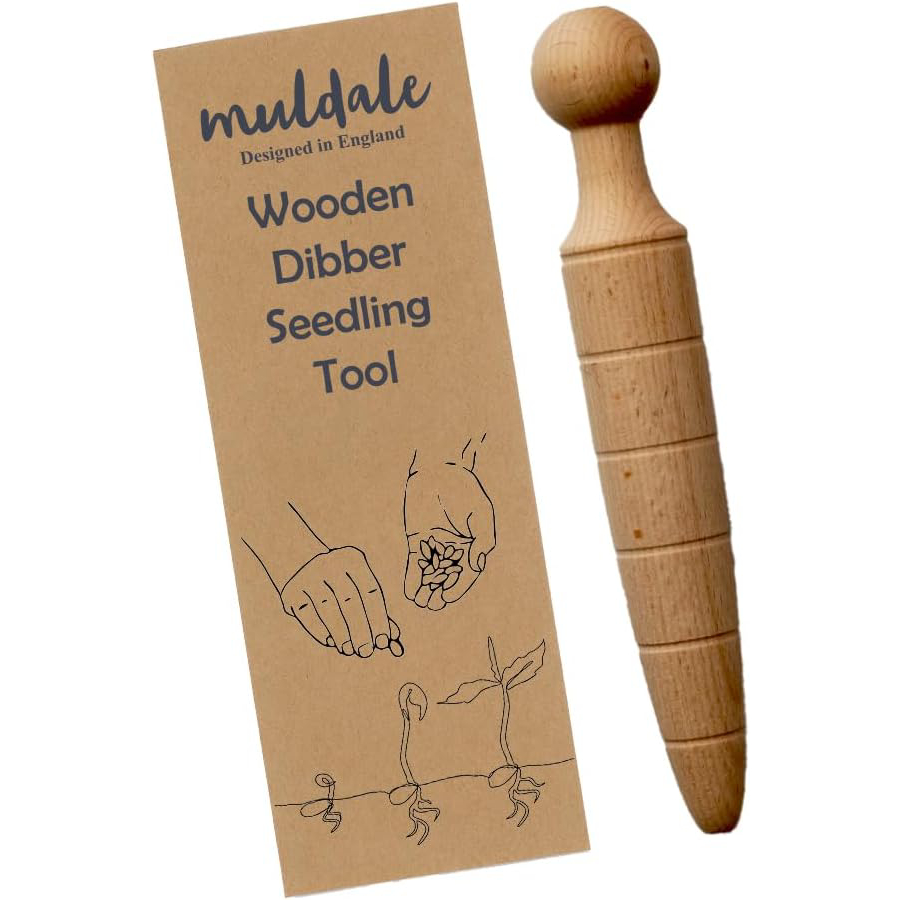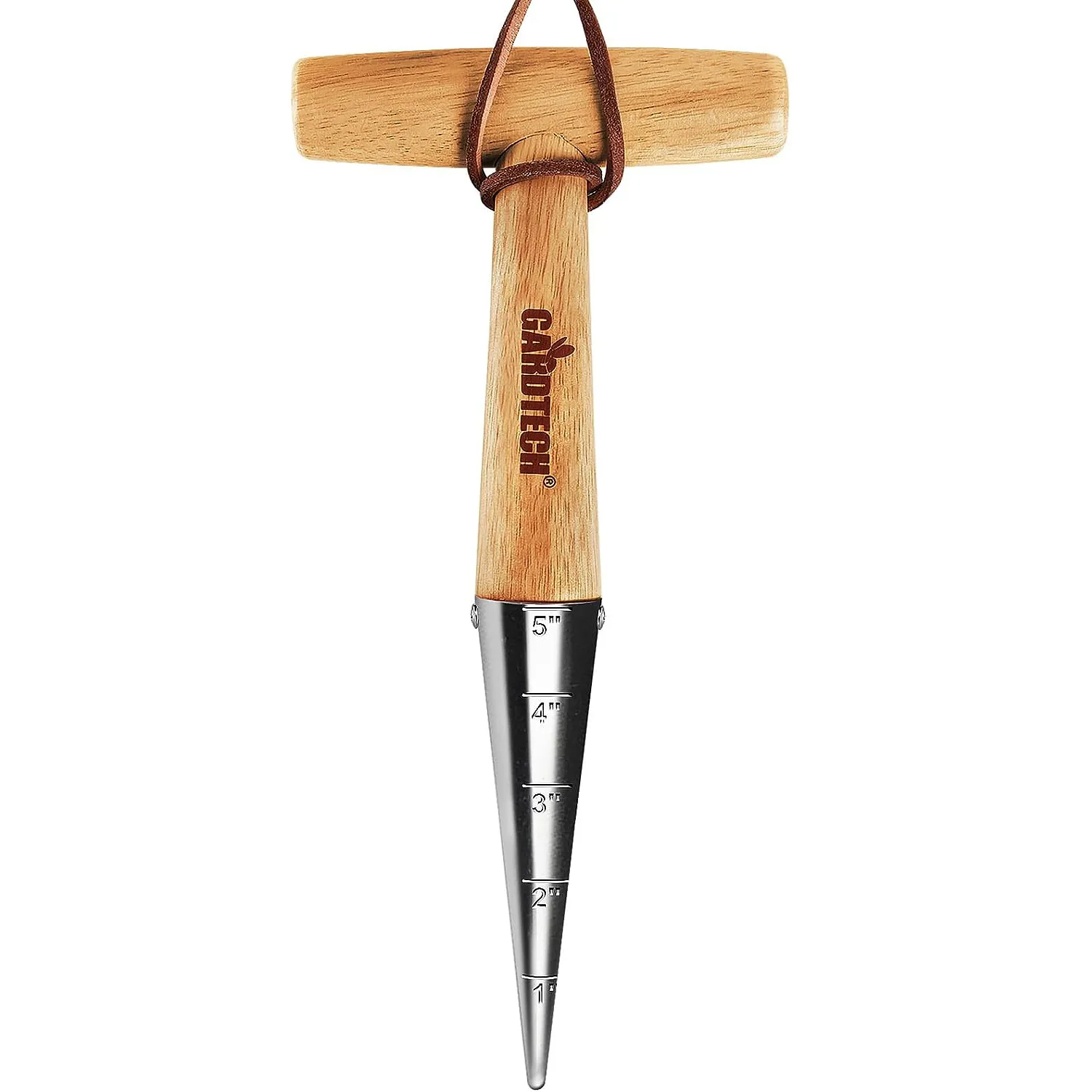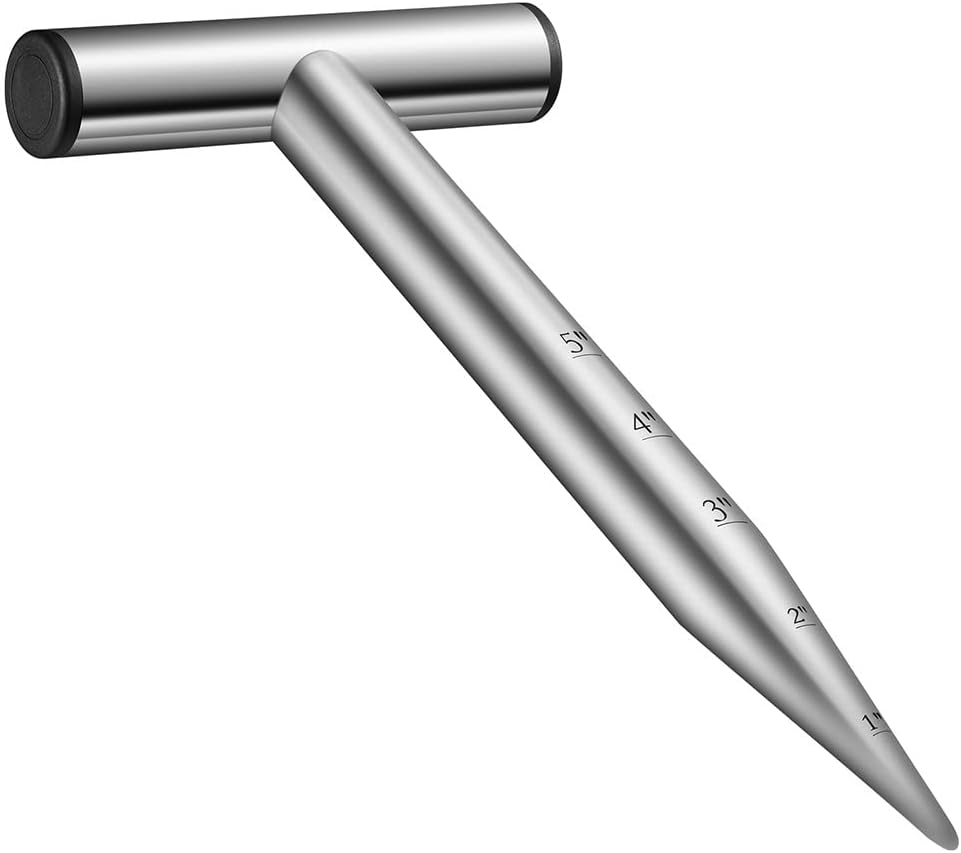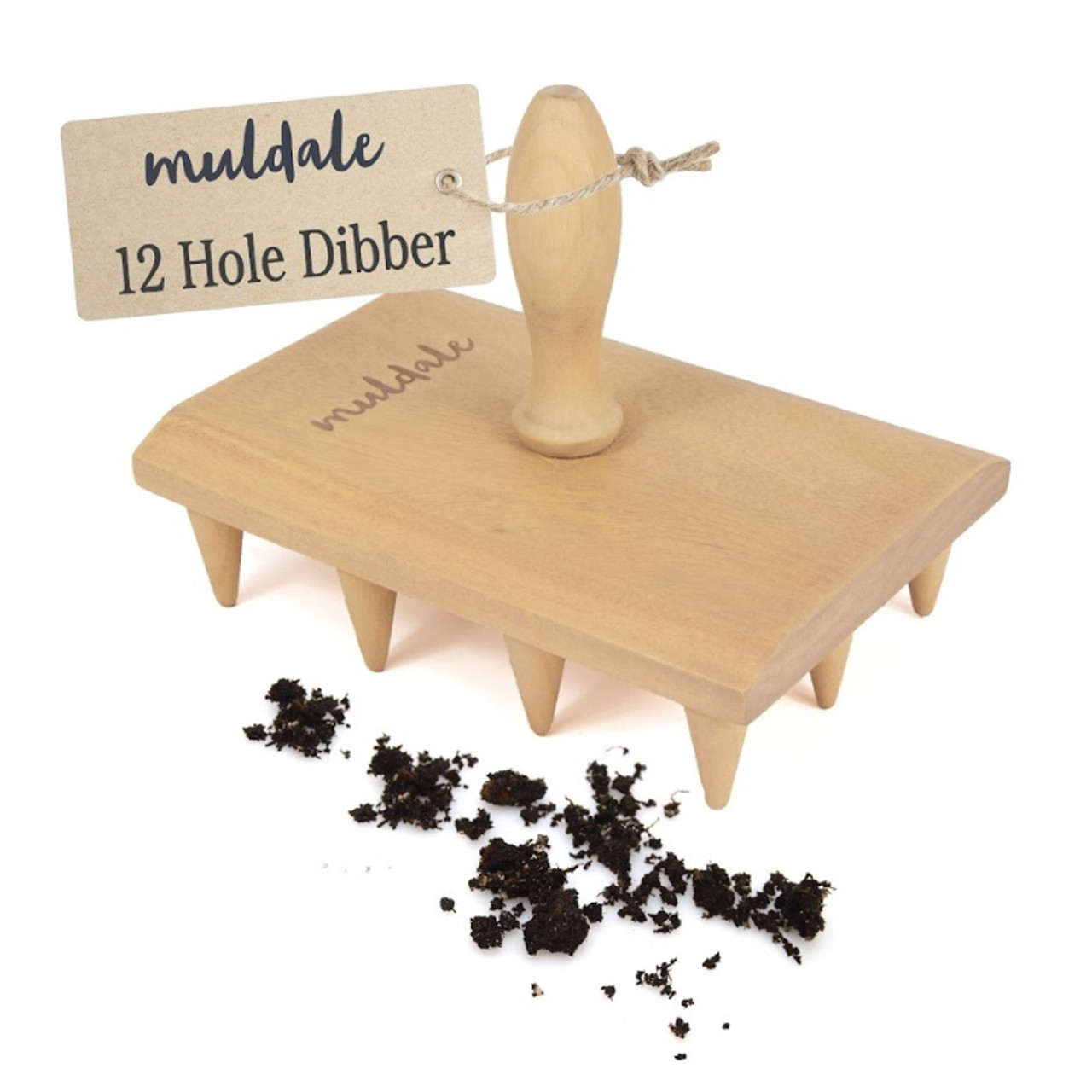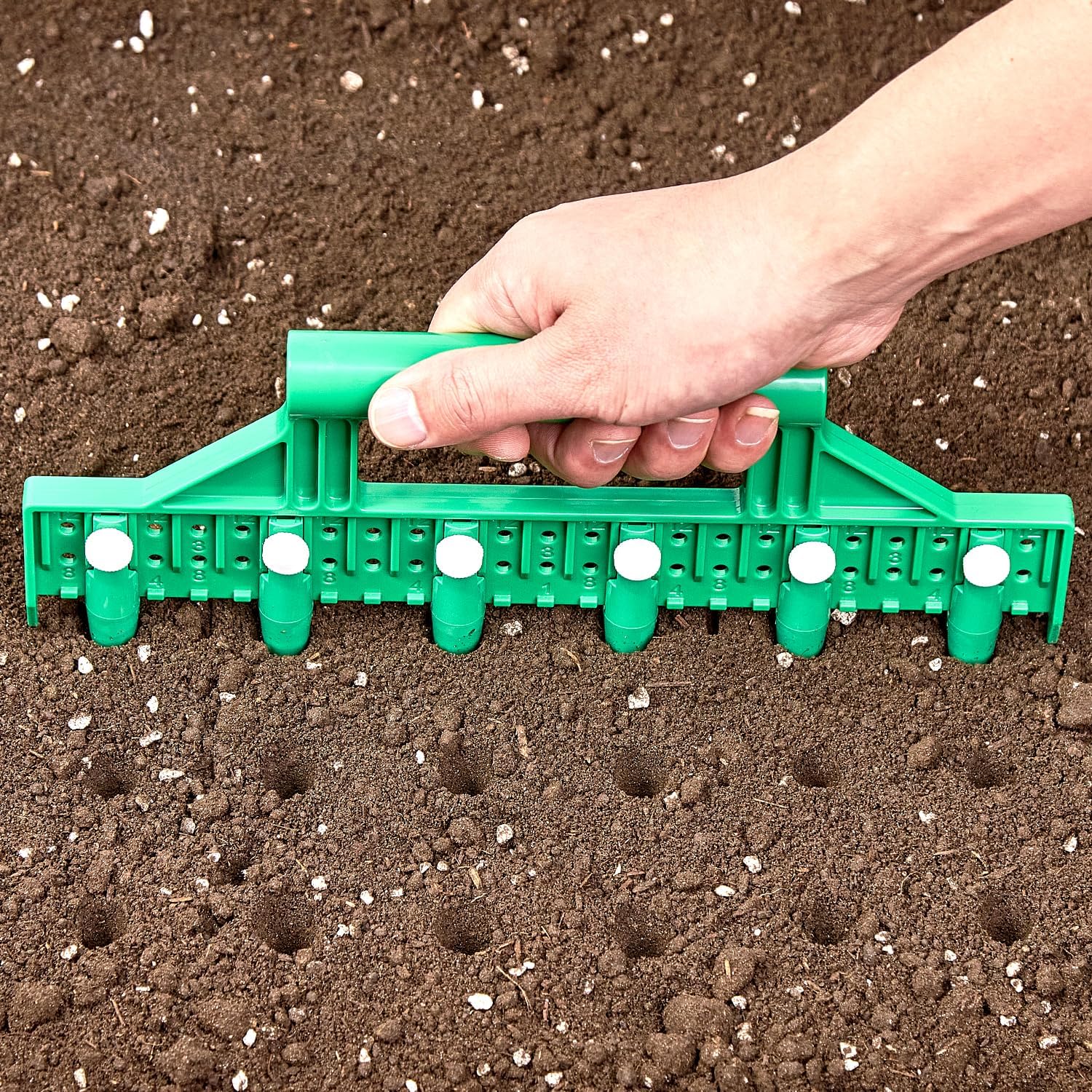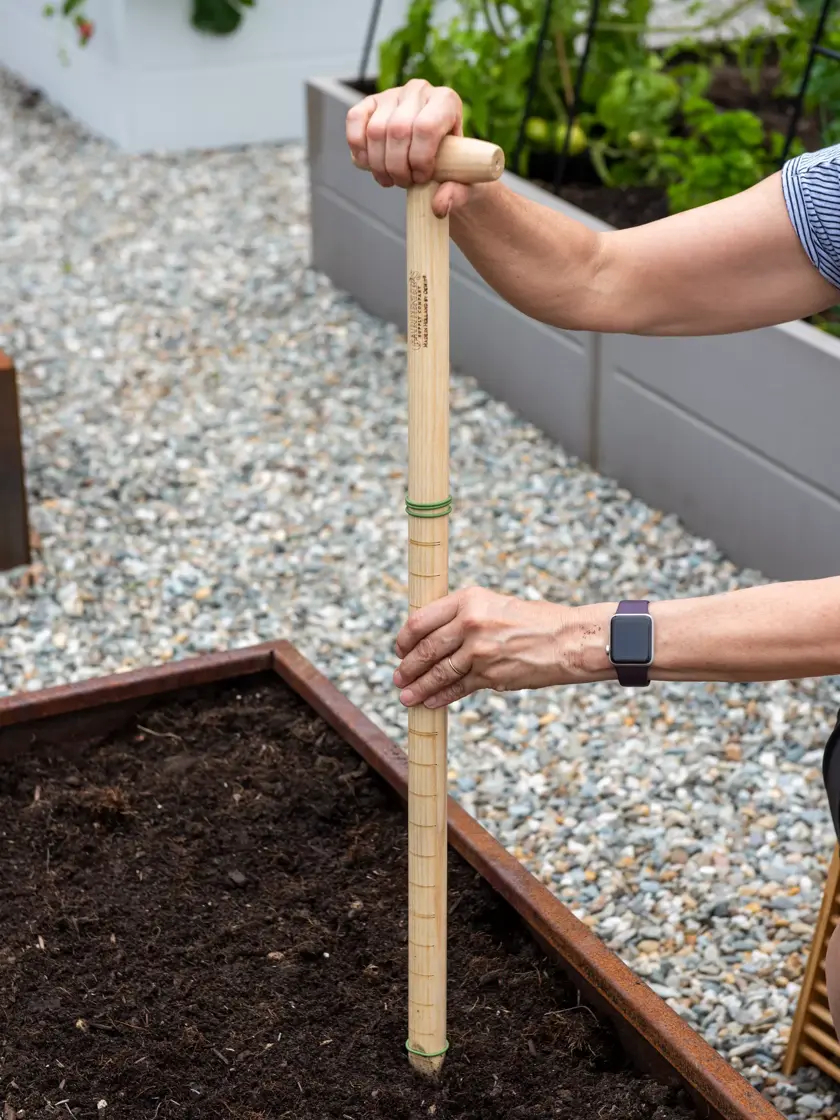Gardeners Have Used This Tool Since Roman Times, But Not Many Know About It Today – Why You Should Never Plant Without One
The dibble is the forgotten tool every gardener needs for easy planting. Here's how to use one. Plus, our experts' favorite dibbles to buy right now.
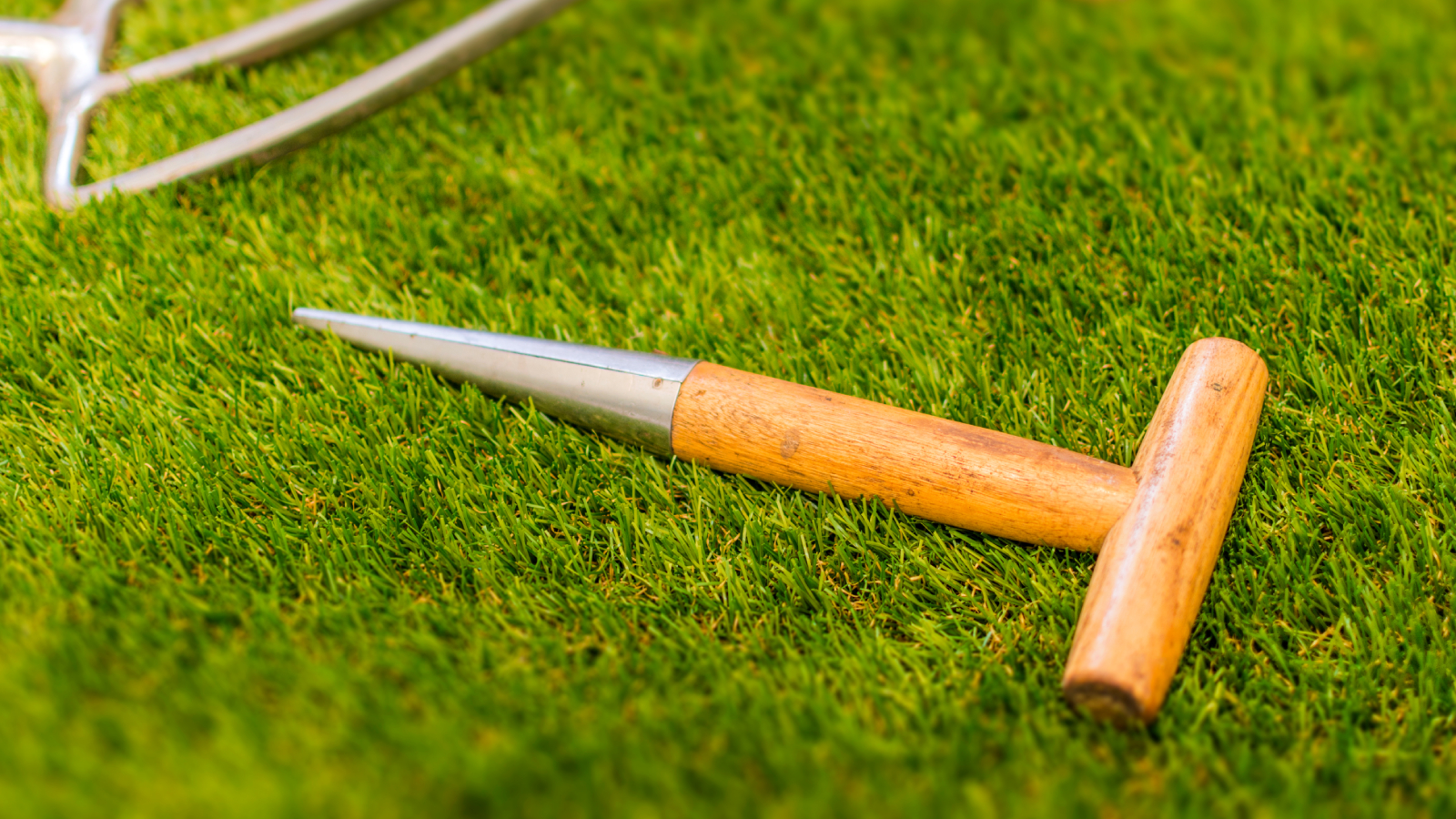
Every gardener has their favorite garden tool and for many gardeners throughout the centuries it has been the dibble. This ancient tool, which was first used by the Romans, goes by several names: dibble, dibbler, or dibber. No matter what you call it, though, it’s a simple yet effective tool that gardeners have utilized for generations.
Dibbles come in a variety of shapes and sizes, but essentially this gardening tool is a pointed stick used for planting seeds, bulbs, or small plants. Dibbles are traditionally made from wood, but you can find modern versions made from metal or plastic.
Let’s take a look at how to use this old-fashioned, but efficient tool to make planting in your garden a breeze. Plus, find out which dibbles deserve a spot in your garden tool belt.
What Is a Dibble?
A dibble is a simple tool with a lot of useful garden applications. It is a stick with a tapered end that may be made of plastic, metal, or wood. Gardeners have used this primitive tool for centuries to make planting seeds, bulbs, and small plants, or seedlings faster and easier.
There are long dibbles that are tall enough for you to use while standing. These are great for more mature gardeners or people with mobility issues, since you don’t have to crouch down to make holes for planting. This is especially a big help if you’re trying to plant a lot of bulbs in fall. You can also use a long dibble to help you back to standing after planting.
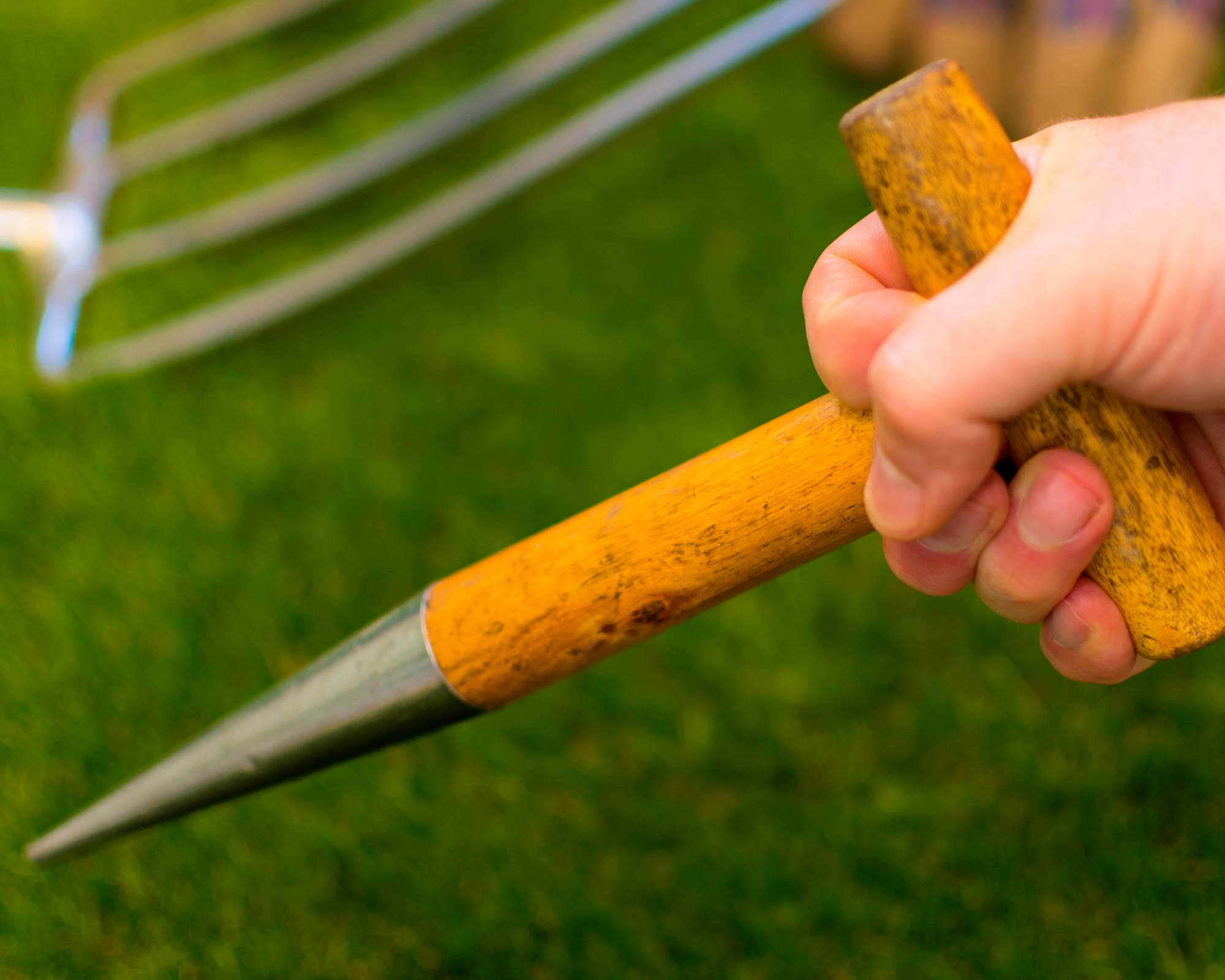
The most common dibble, however, is less than a foot (30 cm) in length with a handle. Good dibbles also usually come with measurement markings on them to make planting at the correct depth simple.
Though dibbles are most often used for planting, they have many other applications in the garden. Use this versatile tool to loosen root systems prior to planting, to aid in cleaning dirt from tubers, to aerate soil around plants, or to create holes that help water reach your plant’s root system.
Sign up for the Gardening Know How newsletter today and receive a free copy of our e-book "How to Grow Delicious Tomatoes".
How to Use a Dibble
Using a dibble is simple, but there are a few tips to make the process even easier. If you are direct sowing seeds, transplanting small plants, or planting bulbs outdoors, first make sure your soil is free of weeds that will impede your new plants.
You can lightly water the soil to make it easier for the dibble to penetrate, though this step is optional. If your garden bed is extremely dry, though, it will make planting easier and make the transition more comfortable for your plants.

Next, insert your dibble into the soil and press down while twisting until you reach the desired planting depth. Twisting the tool helps it pierce through the soil. Once you reach the proper depth, plant your seeds, bulbs, or transplants.
If you are using your dibble to start seeds indoors, the process is even easier. Fill a tray, small pots, or desired seed starting containers with a good seed starting mix, like this one from Miracle-Gro at Home Depot. Then press the dibble into the soil to create planting holes to the correct depth and plant.
Different Types of Dibbles
Dibbles may be made of inexpensive wood, hand-turned hardwood, plastic, or metal. They come in many different shapes and sizes. But no matter what type of dibble you choose, this simple gardening tool is just as helpful in the garden today as it was back in Roman times.

Laura Walters is a Content Editor who joined Gardening Know How in 2021. With a BFA in Electronic Media from the University of Cincinnati, a certificate in Writing for Television from UCLA, and a background in documentary filmmaking and local news, Laura loves providing gardeners with all the know how they need to succeed, in an easy and entertaining format. Laura lives in Southwest Ohio, where she's been gardening for ten years, and she spends her summers on a lake in Northern Michigan. It’s hard to leave her perennial garden at home, but she has a rustic (aka overcrowded) vegetable patch on a piece of land up north. She never thought when she was growing vegetables in her college dorm room, that one day she would get paid to read and write about her favorite hobby.
- Amy GrantWriter

